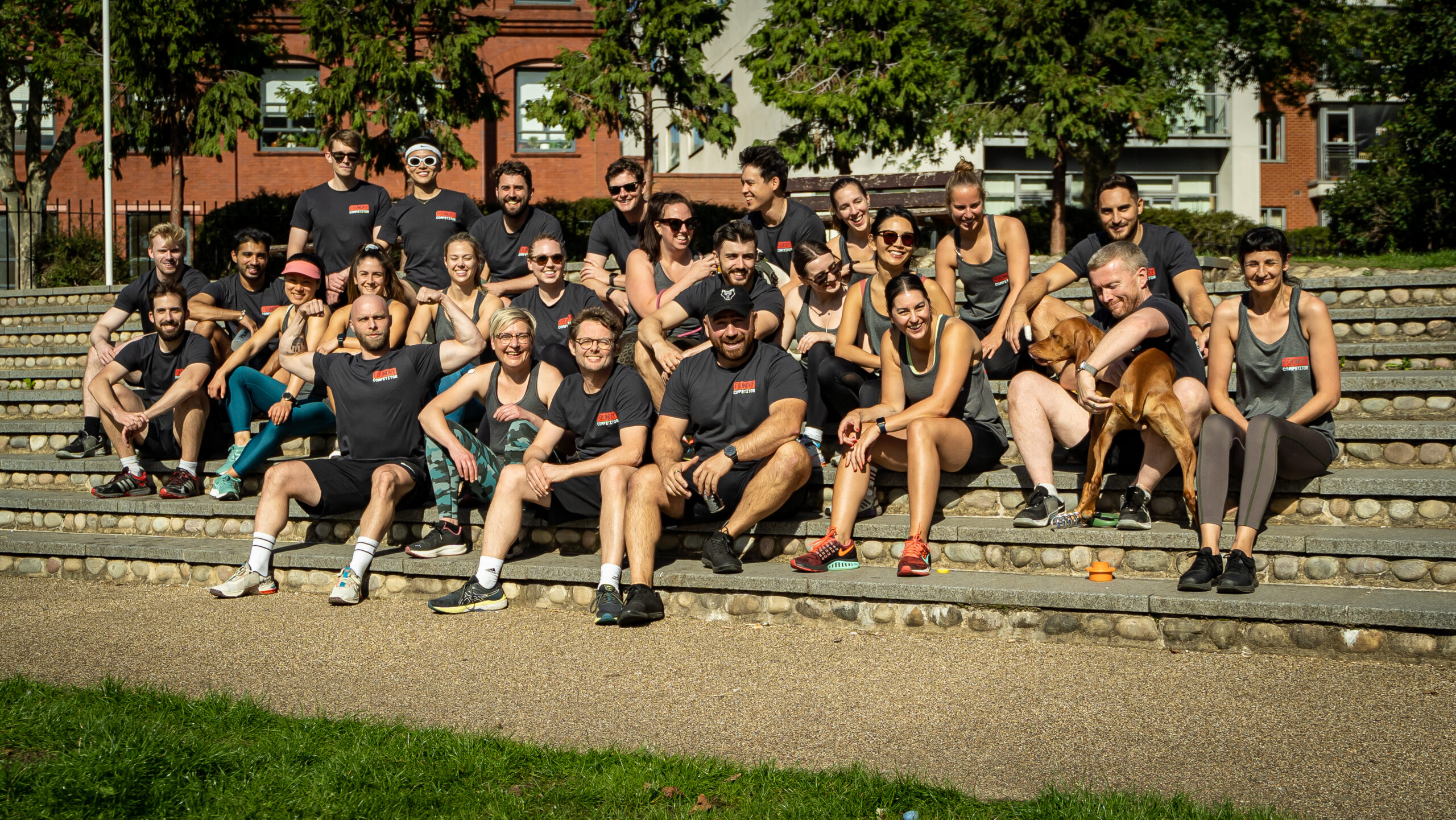One of the most common mistakes I see gym owners making: treating marketing as a series of one-off tactics rather than a connected system.
Running some ads, putting up a few social posts, maybe trying a referral campaign—then wondering why leads aren’t converting or members are churning.
The reality is that marketing is rarely a straight line from ad to sale anymore.
People engage across multiple touchpoints in order to validate a buying decision: and they expect a brand to be clear, credible, and consistent before they commit. The old tricks—big discounts, aggressive sales tactics, and generic messaging—don’t hold up. The process is more transparent, and the customer is more sophisticated.
To thrive in this landscape, gyms need an integrated marketing system—one that connects brand, communication, and client experience into a cohesive, resilient framework.
1. Positioning: Get the Fundamentals Right
Marketing isn’t about being loud. It’s about being clear. If your gym is just another option in a sea of fitness providers, you’ll end up competing on price or gimmicks. Positioning is what stops that from happening.
- Define the experience. What does training at your gym feel like? What makes it different from a generic class or PT session?
- Speak to the right people. Not everyone is your customer. A well-positioned gym attracts the right members and repels the wrong ones.
- Be consistent. Your website, social media, ads, and in-person experience should all tell the same story.
When a potential member encounters your brand across multiple touchpoints, there should be no confusion about who you are and what you stand for.
2. Attraction: Build Awareness Without Wasting Time
Most gyms rely too much on paid ads. Ads work, but they’re one part of a broader ecosystem. The best marketing creates multiple routes for potential members to find you, whether that’s through word of mouth, social proof, or strategic content.
- Leverage your existing community. Happy members are your best marketing asset. A structured referral process—not just “bring a friend” but something integrated into your member experience—makes a difference.
- Create touchpoints beyond sales messages. A prospect might not be ready to sign up today, but that doesn’t mean they won’t be in three months. Newsletters, social content, and even in-person events help keep you top of mind.
- Don’t just sell—educate and engage. A gym that shares valuable content (training insights, member stories, industry perspectives) builds trust long before a sale happens.
The goal isn’t just to generate leads but to create a network of people who know, like, and trust your brand, whether they sign up today or later down the line.
3. Conversion: Make It Easy for People to Say Yes
Attracting interest is one thing; turning that interest into paying members is another. We shouldn’t be making people jump through hoops to sign up.
- Simplify the buying process. If it takes multiple calls, convoluted forms, or lengthy explanations of unclear pricing to get started, you’re losing people.
- Onboarding should be structured, not random. A clear trial process (what happens, how you follow up, what the experience feels like) removes uncertainty for new members.
- Have a process for following up. Some people sign up immediately. Others need more time. If you don’t have a structured way of keeping in touch, you’re losing conversions without realising it.
When someone expresses interest, it should be easier for them to sign up than to walk away.
4. Retention: The Marketing That Most Gyms Ignore
It costs far less to keep a client than to constantly chase new ones. Yet, many gyms put all their energy into acquisition and neglect retention. Members who feel like an afterthought will leave.
- Track engagement and act on it. If someone hasn’t shown up in two weeks, don’t wait for them to disappear—reach out.
- Keep members connected beyond training. Community is a retention tool. Whether it’s events, small wins celebrated publicly, or just better communication, engagement shouldn’t end when they walk out the door.
- Make progression visible. People need to feel like they’re getting somewhere. Whether that’s physical progress, social belonging, or deeper investment in their training, give them something to buy into long-term.
The most successful gyms don’t just sign people up—they keep them engaged for years.
5. Integration: Build a System, Not Just a Collection of Tactics
None of this works in isolation. The best gyms don’t just run marketing campaigns; they build marketing systems. That means:
- Branding and messaging that’s clear and consistent. No mixed signals, no vague positioning.
- A structured approach to lead generation. Organic content, paid traffic, word-of-mouth all working together.
- A predictable process for converting leads. Landing pages, lead call pipeline, texts, onboarding, follow-ups—all mapped out.
- Retention strategies baked into operations. Keeping members engaged isn’t just a nice idea—it’s integrated into the product and customer experience.
Marketing has changed. Customers are more informed, and the path to membership isn’t linear. The gyms that succeed aren’t just good at selling—they build ecosystems that attract, engage, and retain members in a way that feels natural, not forced.
That requires resilience, agility, and connection—not just running ads and hoping for the best.
